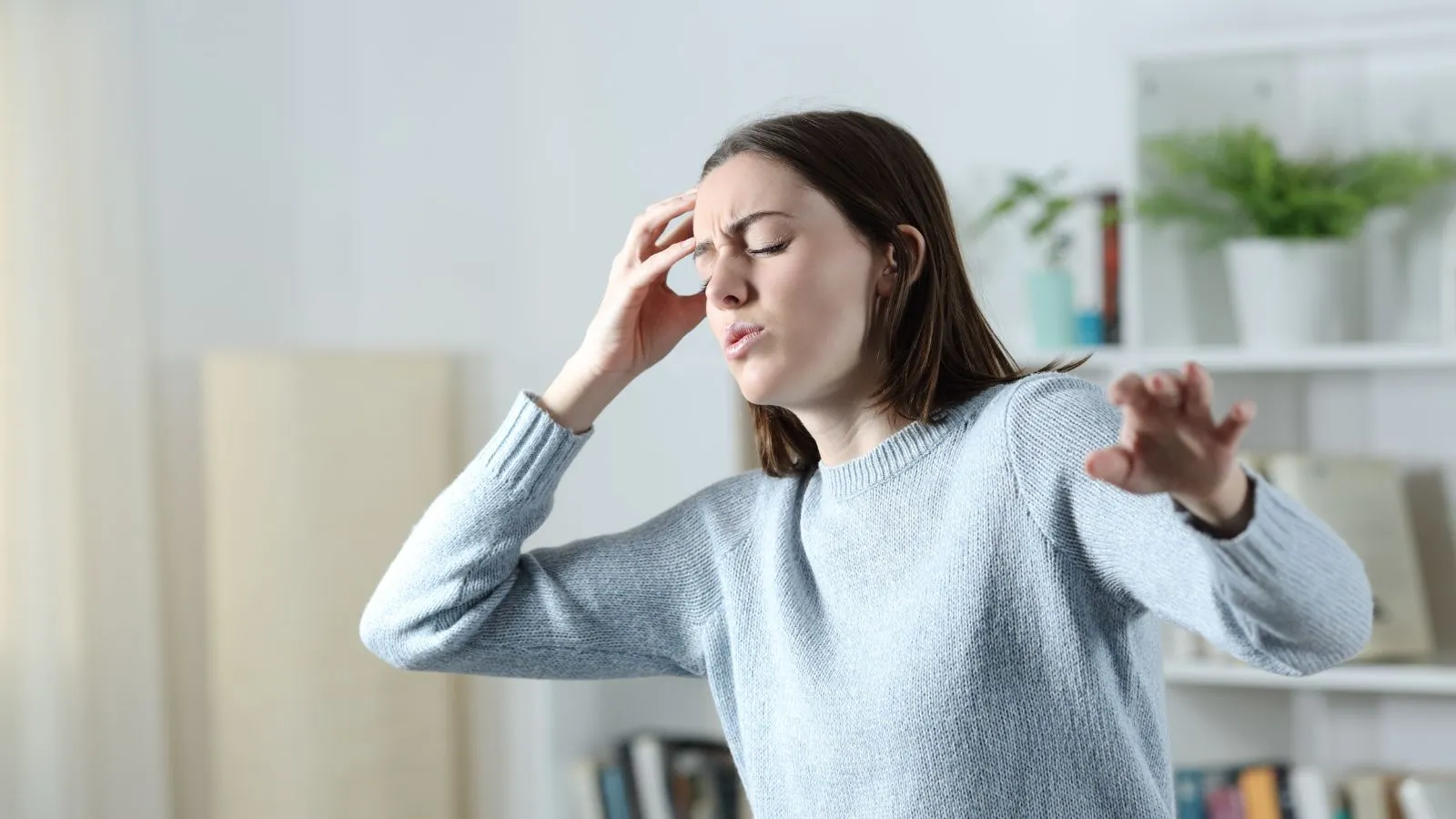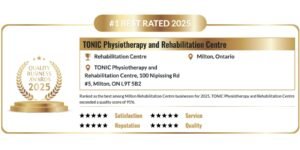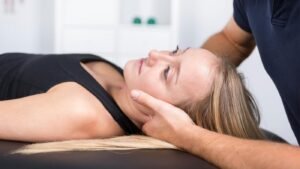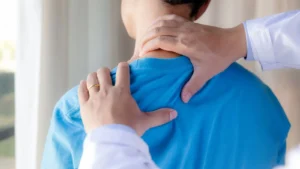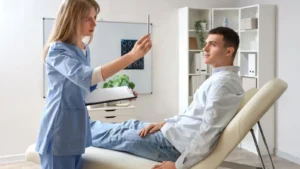What is Vestibular Rehab and How It Helps BPPV?
Vestibular rehabilitation is a targeted form of physiotherapy designed to treat balance disorders and dizziness caused by problems in the inner ear. It’s not a one-size-fits-all approach, every treatment plan is tailored to the individual, based on how their symptoms show up in daily life. People often think of physiotherapy as something for joints or muscles, but your inner ear needs just as much attention; especially if you’re dealing with conditions like BPPV or vestibular hypofunction. That’s where vestibular rehab comes in. Using a combination of movement-based exercises, balance training, and gaze stabilization techniques, vestibular rehab helps the brain adapt and rewire itself to reduce or eliminate dizzy spells and instability. The goal isn’t just to mask the symptoms, but to actually retrain your vestibular system so you can move through life with more confidence. At Tonic Physio, vestibular rehabilitation is provided by experienced physiotherapists who understand both the physical and emotional toll of balance disorders. We work to restore your body’s sense of orientation so you can get back to your daily activities without fear or hesitation.
Understanding BPPV and the Role of Vestibular Rehab in Vertigo Relief
If you've ever rolled over in bed or looked up quickly and suddenly felt the room spinning, you may have experienced Benign Paroxysmal Positional Vertigo, or BPPV. It’s one of the most common causes of vertigo, and while the name sounds intimidating, it simply refers to brief episodes of dizziness brought on by certain head movements.What Does BPPV Feel Like?
People often describe BPPV as a sudden, unsettling sensation; like the world is tilting or spinning out of control. You might feel:- Dizzy or lightheaded, especially when lying down or turning your head
- Off balance, even while standing still
- Nausea or discomfort from the disorientation
Why Does BPPV Happen?
BPPV occurs when tiny calcium crystals (called otoconia) in the inner ear become dislodged and move into the semicircular canals. These crystals interfere with your brain’s interpretation of head motion, triggering vertigo. It’s more common in older adults but can affect anyone, sometimes following a mild head injury, illness, or even seemingly without cause.How Vestibular Rehab Can Help
The good news is that vestibular rehabilitation therapy (VRT) can be incredibly effective in treating BPPV. At Tonic Physio, this process is guided by trained physiotherapists who provide treatment based on your individual symptoms and comfort level. Treatment may include:- Canalith repositioning techniques (like the Epley maneuver) to guide the dislodged crystals back where they belong
- Habituation exercises that help your brain adjust to movement triggers over time
- Balance training to rebuild confidence and stability in your movements
Vestibular Hypofunction Explained: Symptoms, Causes, and How Vestibular Rehab Helps
Unlike BPPV, which can feel like the room is suddenly spinning, vestibular hypofunction often shows up more subtly; but just as disruptively. People describe it as a constant feeling of being off balance, a sense of floating or veering to one side, or even nausea and blurred vision when turning their head or walking through busy environments.Understanding Vestibular Hypofunction
Vestibular hypofunction means that the inner ear, or more specifically, the vestibular system isn’t sending accurate signals to the brain about your body’s position and movement. This mismatch can confuse your brain and make everyday activities feel harder. It’s not just uncomfortable, it can lead to anxiety, fatigue, and a serious risk of falls.Common Causes and Triggers
There isn’t one single cause. Some people develop vestibular hypofunction after an inner ear infection or virus. Others can experience it after a head injury or simply due to age-related changes in the inner ear. Even seemingly small things (like chronic ear fluid or poor neck posture) can affect how your vestibular system functions. In some cases, issues in the cervical spine (like neck stiffness or poor posture) can contribute to dizziness or amplify symptoms of vestibular disorders. Addressing these mechanical imbalances through physiotherapy can be an important part of recovery. Whatever the cause, the end result is a body that’s working harder than it should to keep you upright and oriented, and that can be both physically and mentally draining.How Vestibular Rehab Helps Retrain the Brain
This is where vestibular rehabilitation therapy (VRT) becomes life-changing. Through personalized exercises designed to improve gaze stability, coordination, and balance, vestibular rehab helps your brain rewire itself. It learns to compensate for the faulty signals coming from your inner ear or to rely more on your eyes and muscles for information about your surroundings. For many people, this is the first time they’ve felt in control of their movement again. Progress is often gradual but deeply empowering.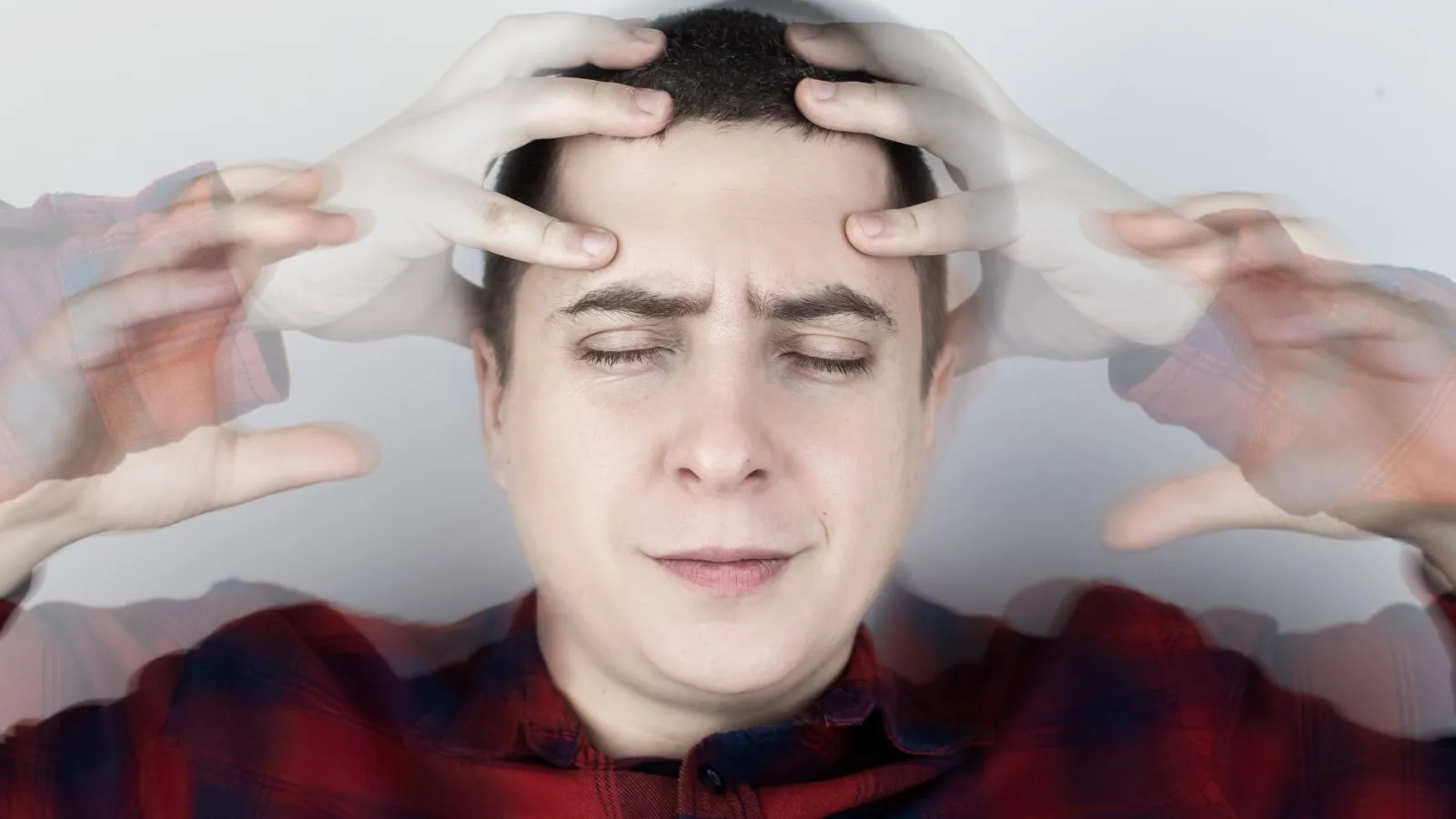
Vestibular Rehab Techniques for Treating BPPV and Hypofunction Symptoms
Living with dizziness or imbalance can make even the most ordinary tasks feel exhausting or unpredictable. But vestibular rehabilitation offers practical, research-backed ways to help people regain confidence in their movement. The beauty of vestibular rehab on BPPV and vestibular hypofunction lies in its ability to retrain the brain through targeted, repetitive exercises, each chosen based on your specific symptoms and needs.Gaze Stabilization (Training the Eyes and Brain to Work Together)
If you’ve ever felt dizzy just from turning your head quickly or scanning a room, gaze stabilization exercises are designed for you. These movements train your eyes to maintain focus on a still object even while your head is in motion; something we rely on constantly without even realizing it. Over time, this builds visual-vestibular coordination, helping reduce symptoms like blurred vision or disorientation during movement.Balance Training (Rebuilding Confidence in Movement)
When your vestibular system isn’t working properly, your body may lean more heavily on your vision or muscles to stay balanced. That can lead to stiffness, falls, and anxiety around moving. Balance training helps your body relearn how to distribute weight, react to changes in surface or direction, and recover from unsteadiness. These exercises are safe, progressive, and built around your comfort level, starting small and growing more complex as you regain control.Canalith Repositioning (Resetting the Inner Ear for BPPV Relief)
For people dealing with BPPV, canalith repositioning maneuvers (like the Epley or Semont maneuvers) are often incredibly effective. These gentle techniques guide tiny crystals in the inner ear (called otoconia) back to where they belong, reducing the sudden spinning sensations that define BPPV. It’s a simple, non-invasive process that can offer almost immediate relief for some patients.Postural Control and Movement Strategies
Sometimes, it’s not just about exercises but it’s also about posture and how your body responds to movement throughout the day. Postural control training focuses on improving how you sit, stand, and transition between movements to support your vestibular system more effectively. This part of rehab often includes education and small daily adjustments that can make a big impact over time, like learning how to move your head and body together to reduce triggering symptoms.When to Seek Vestibular Rehab for BPPV or Vestibular Hypofunction Symptoms
Everyone feels a little dizzy now and then, sometimes after getting up too fast or spinning around with your kids. But when that dizziness becomes a regular part of your life, it’s time to pay closer attention. Vestibular rehab on BPPV and vestibular hypofunction isn’t just for people with a formal diagnosis, it’s for anyone struggling with symptoms that are affecting their quality of life. Here are some signs that it may be time to talk to a physiotherapist:- You feel off-balance or unsteady, even when standing still.
- Head movements trigger vertigo, nausea, or lightheadedness.
- You’ve experienced unexplained falls or near-falls.
- You avoid walking in busy or uneven environments out of fear.
- Everyday tasks (like turning quickly or driving) make you anxious.
- You’ve been diagnosed with BPPV or vestibular hypofunction, but symptoms persist.
